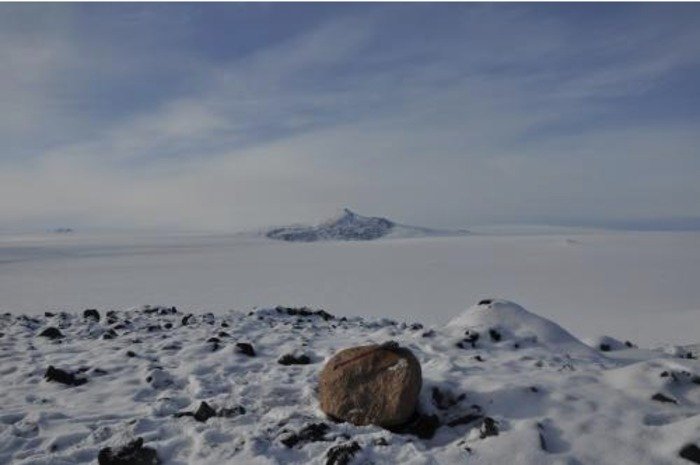CAMBRIDGE, England, Feb. 20 (UPI) -- A glacier on the West Antarctic Ice Sheet, already the largest single source of global sea level rise, may keep thinning for decades, scientists say.
A team of British, American and German geologists say they've determined the Pine Island Glacier (PIG) -- which is rapidly accelerating, thinning and retreating -- has done so rapidly before, suggesting the potential for current ice loss could be ongoing for several decades yet.















